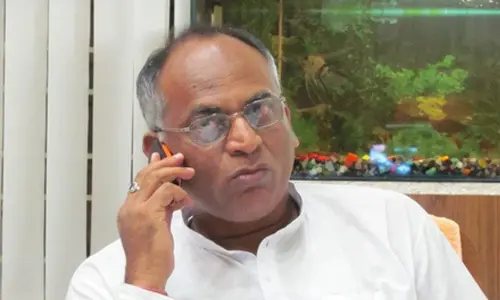Balance of Payments

India\'s balance of payments swung to a surplus in October-December, marking a modest upturn in its financial position that analysts believe may prove resistant to global economic fragility. The fourth quarter balance of payments surplus was $4.1 billion, reversing a deficit of $856 million in July-September.
India's balance of payments swung to a surplus in October-December, marking a modest upturn in its financial position that analysts believe may prove resistant to global economic fragility. The fourth quarter balance of payments surplus was $4.1 billion, reversing a deficit of $856 million in July-September.
The current account deficit narrowed to $7.1 billion, or 1.3 percent of gross domestic product, from $8.7 billion, reports Reuters. Analysts expect a balance of payments surplus of nearly $15 billion for the full fiscal year ending in March.
The balance of payments, also known as balance of international payments and abbreviated BoP, of a country is the record of all economic transactions between the residents of the country and the rest of the world in a particular period (over a quarter of a year or more commonly over a year).
These transactions are made by individuals, firms and government bodies. Thus the balance of payments includes all external visible and non-visible transactions of a country . It represents a summation of country's current demand and supply of the claims on foreign currencies and of foreign claims on its currency.
These transactions include payments for the country's exports and imports of goods, services, financial capital, and financial transfers. It is prepared in a single currency, typically the domestic currency for the country concerned.
While the overall BOP accounts will always balance when all types of payments are included, imbalances are possible on individual elements of the BOP, such as the current account, the capital account excluding the central bank's reserve account, or the sum of the two. Imbalances in the latter sum can result in surplus countries accumulating wealth, while deficit nations become increasingly indebted.
The term balance of payments often refers to this sum: a country's balance of payments is said to be in surplus (equivalently, the balance of payments is positive) by a specific amount if sources of funds (such as export goods sold and bonds sold) exceed uses of funds (such as paying for imported goods and paying for foreign bonds purchased) by that amount.
There is said to be a balance of payments deficit (the balance of payments is said to be negative) if the former are less than the latter. A BOP surplus (or deficit) is accompanied by an accumulation (or decumulation) of foreign exchange reserves by the central bank. (Courtesy: wikipedia.org)














